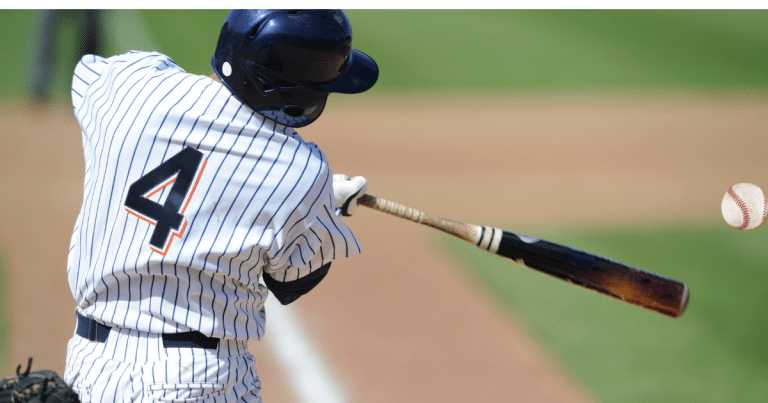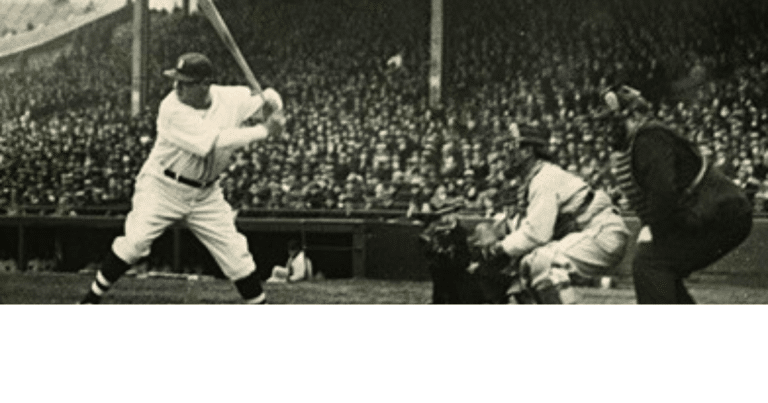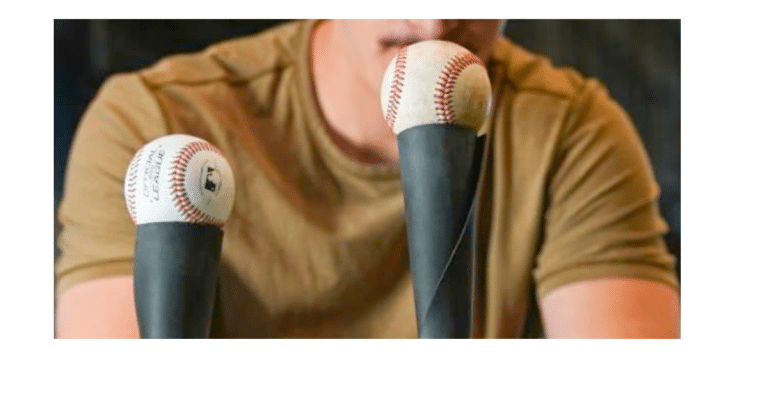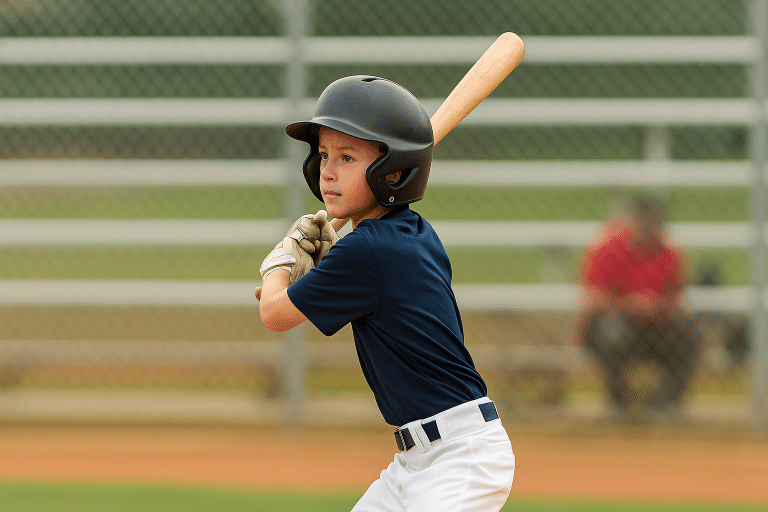Best Smart Baseball Swing Sensors in 2025: Which One Should You Choose?
👀 Ever wonder what your kid’s swing really looks like?
They’re crushing it in the cage—but come game time, something’s just off. The coach sees the potential but can’t quite put a finger on what’s missing.
That’s where smart swing sensors come in.
These pocket-sized gadgets track every detail of a swing—speed, hand path, attack angle—and turn mystery into measurable progress.
Whether you’re a coach, parent, or player, smart sensors can help decode the swing and build a more confident hitter.
Let’s break down how they work, how to get the most out of them, and which ones actually deliver for youth players in 2025.
Disclosure: This page contains affiliate links. If you make a purchase through one of these links, I may earn a commission—at no extra cost to you. As an Amazon Associate, I earn from qualifying purchases.
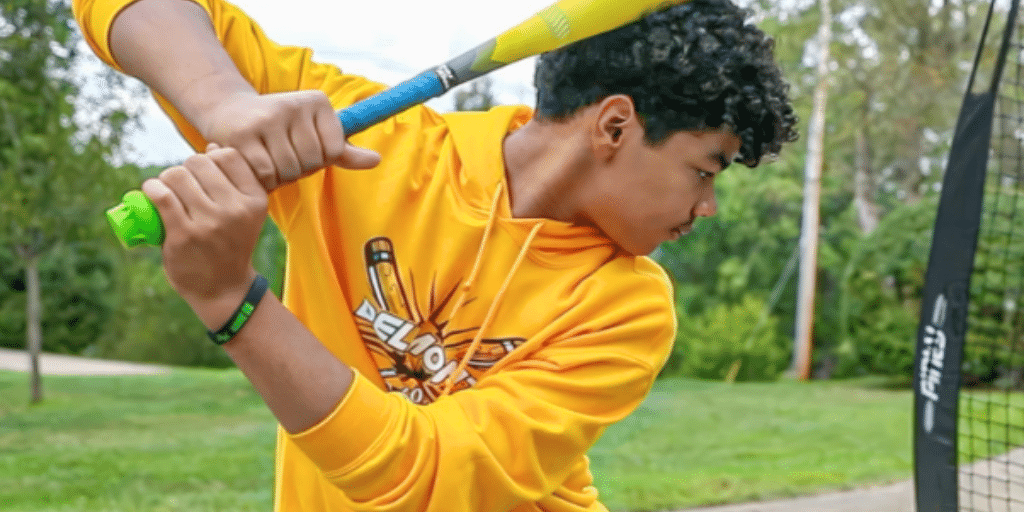
🧠 How Smart Baseball Swing Sensors Work (In Plain English)
Think of a smart swing sensor like a Fitbit for your bat.
You attach it to the knob of the bat or embed it inside a smart bat.
Once your player starts swinging, the sensor tracks motion in real-time—capturing data like:
- Swing speed
- Attack angle
- Hand path
- Time to contact
- Bat plane efficiency
All this data is then sent via Bluetooth to an app, where you get instant feedback, video overlays, and even drills tailored to fix specific issues.
And the best part? Many of these apps gamify the experience, making it fun for kids to improve without it feeling like homework.
🧪 Why It Matters for Youth Players
For young hitters, feel and reality don’t always match.
A player might think they’re swinging level—but the data says otherwise.
Smart sensors help:
- Reinforce proper mechanics with visual feedback
- Spot early habits like casting or dropping hands
- Boost confidence by tracking progress over time
It’s not about over-coaching—it’s about giving kids a mirror they can learn from.
💡 5 Tips to Get the Most Out of a Swing Sensor
1. Focus on 3 Metrics First
Don’t drown in data. Start with:
- Swing Speed
- Attack Angle
- Time to Contact
These three give you a full picture of swing mechanics and timing.
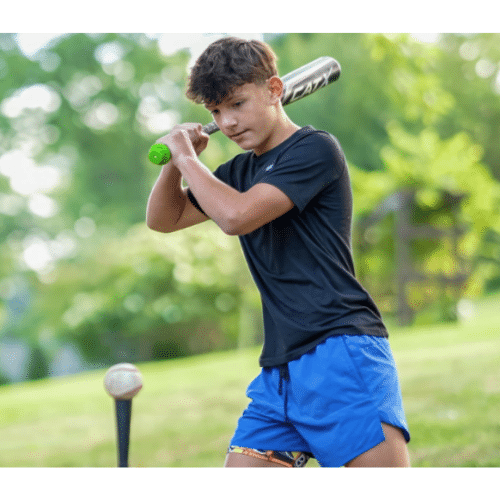
2. Use it in Practice—Not Just for Show
Attach it during tee work, front toss, or BP.
Then track performance over 3–4 sessions to spot patterns.
➡️ Coach Tip: Run challenge rounds: “Beat your average swing speed by 5% in 10 swings.”
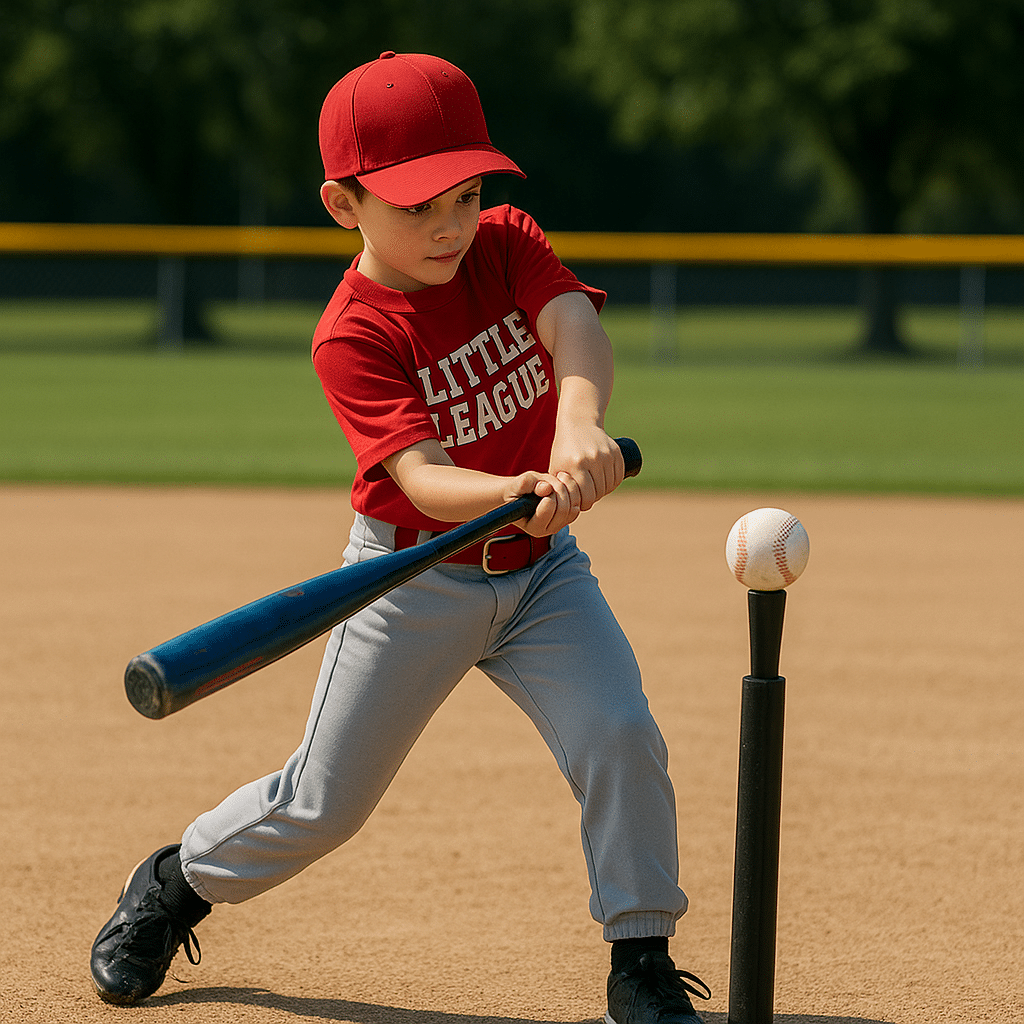
3. Turn It into a Game
Kids love scoreboards. Use the sensor to set goals:
- Best bat speed of the day
- Most consistent swing angle
- Shortest time to contact
➡️ Parent Tip: Keep a simple leaderboard on a whiteboard in the garage.
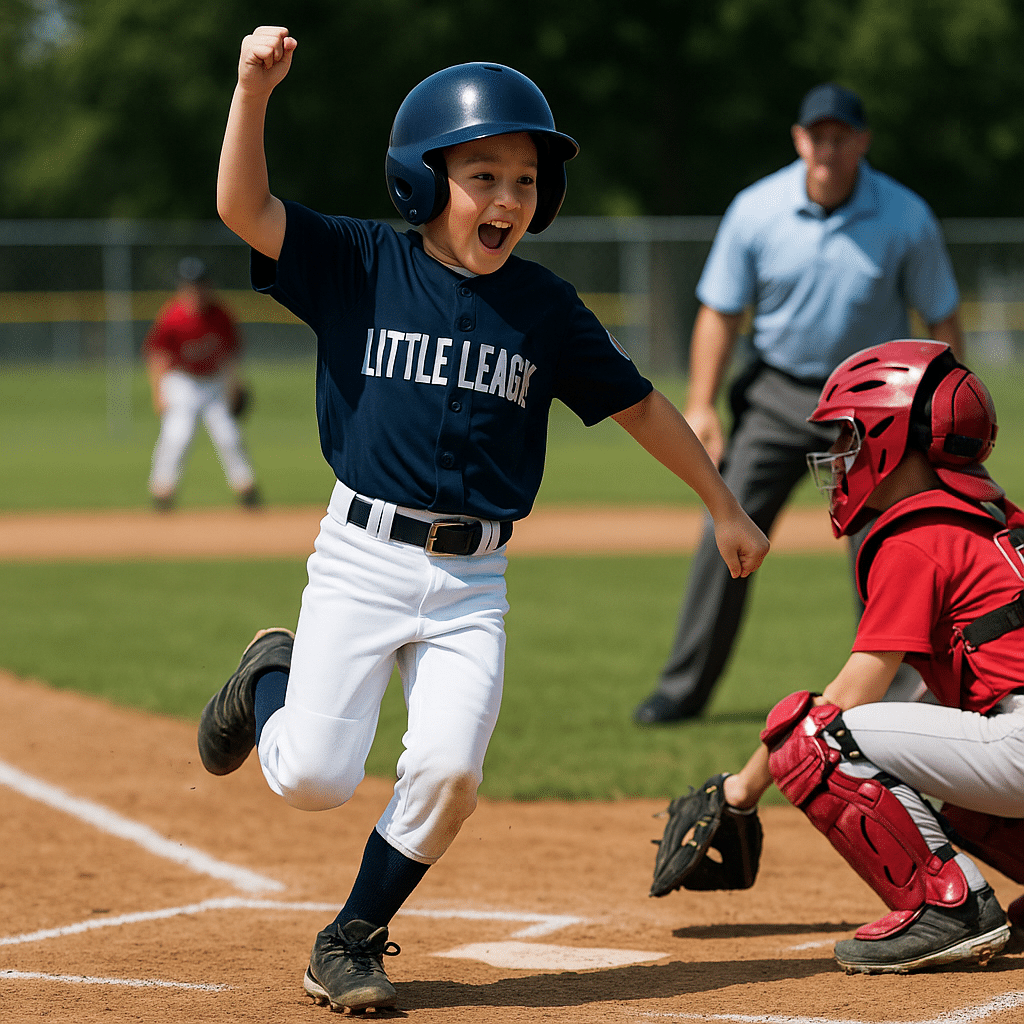
4. Pair the Data with the Right Drills
Numbers don’t mean much without a fix.
If swing path is off, try the “Fence Drill” to keep hands inside the ball

5. Don’t Stress Over One Bad Swing
Every hitter has off moments.
What matters is the trend. Let your player explore the data and ask them what they notice.
➡️ Pro Move: Use a “reflection round” after hitting:
“What felt different on that swing? What do the numbers say?”

🛠️ Top Smart Swing Sensors in 2025
🔹 Blast Motion Baseball Swing Analyzer
- Best for: All-around training
- Why we love it: Pro-level precision, real-time metrics, and coaching tools
- Bonus: Used by MLB teams and youth academies
🔹 Diamond Kinetics SwingTracker
- Best for: Players who like visual feedback
- Why we love it: Color-coded zones, progress tracking, and personalized drill suggestions
❓ Frequently Asked Questions
Q1: Are smart swing sensors worth it for young players?
Yes—especially for ages 9+. They make feedback fun and actionable.
Q2: Can these help with confidence issues?
Definitely. Seeing measurable progress helps kids feel like they’re improving—even when the scoreboard says otherwise.
Q3: Do sensors work on any bat?
Most clip to any bat knob, but always check for brand compatibility.
Q4: Are they hard to set up?
Nope. Syncs in minutes via Bluetooth with most smartphones or tablets.
Q5: Will this replace a coach?
No—it enhances coaching. It helps coaches and parents give sharper, more specific feedback.
Q6: What if my kid doesn’t understand the numbers?
Keep it simple: “Green = Good. Red = Needs work.” Focus on one metric at a time.
Q7: Can I use one sensor for multiple players?
Yes—most apps allow multiple profiles.
🔁 Final Word: Turn Practice Into Progress
Smart swing sensors won’t magically fix a swing—but they will shine a light on where to start.
When paired with consistent drills and positive coaching, they fast-track growth and build belief.
“Practice doesn’t make perfect. Perfect practice makes perfect.” — Vince Lombardi
🧠 Let the data guide you.
💪 Let the reps shape you.
⚾ Let the results speak for themselves.

